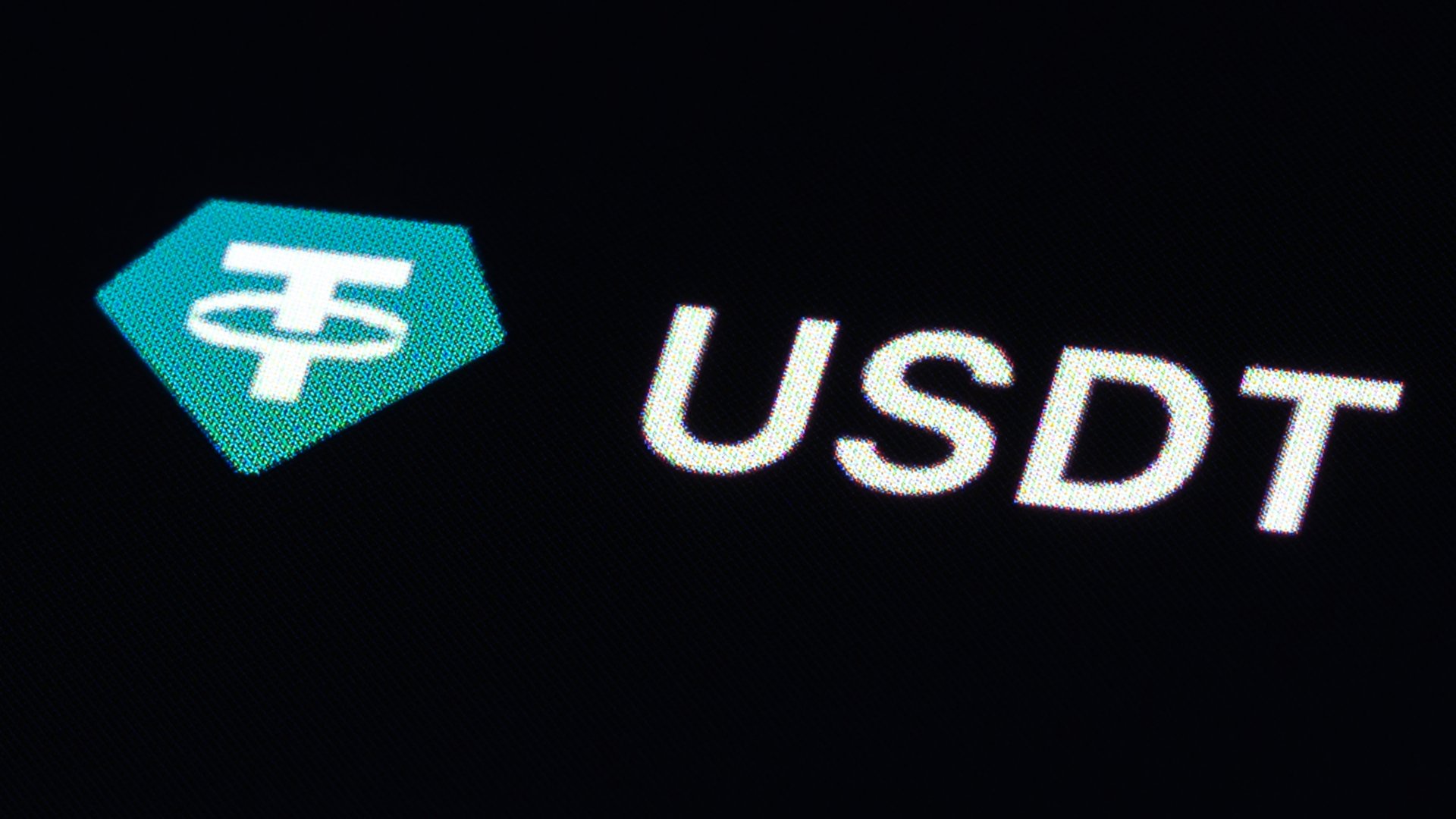Stablecoins are still too risky, central banks say
Stablecoins should not form the foundation of the global monetary system, according to a new report from the Bank for International Settlements

Getty Images / Picture Alliance
Stablecoins should not form the foundation of the global monetary system, according to a new report from the Bank for International Settlements (BIS). The institution represents major central banks including the Federal Reserve, European Central Bank, and Bank of Japan.
Suggested Reading
Tuesday's report argues that stablecoins do no meet the criteria necessary for a secure and reliable monetary framework, and thus should not be the “mainstay of the future monetary system."
Related Content
Stablecoins are digital currencies tied to real-world assets. Unlike Bitcoin, these tokenized assets are designed to have a fixed value, with most pegged to the U.S. dollar. Proponents emphasize that unlike fiat currencies, stablecoins offer instant payments, while overseas transactions cost a fraction of a bank transfer.
Demand for these assets has been surging: In just five years, the market cap of Tether, the world’s most popular stablecoin, has grown more than 1,500%, to over $156 billion. Hoping to regulate this burgeoning industry, the Senate last week passed the GENIUS Act, shorthand for “Guiding and Establishing National Innovation for U.S. Stablecoins.” The bill would set rules for stablecoin issuers, which could allow the assets to become a mainstream tool for digital payments and other financial instruments. Last week's vote was the U.S. crypto industry's first-ever legislative win.
However, the BIS' latest annual economic report may dampen the industry's hopes for long-term adoption of the assets.
"Loss of monetary sovereignty and capital flight are major concerns, particularly for emerging market and developing economies,” it said. “If stablecoins continue to grow, they could pose financial stability risks, including the tail risk of fire sales of safe assets.”
Singleness, elasticity and integrity
The report states there are three cornerstones of a monetary system: singleness, elasticity and integrity. It's on these pillars that digital currencies fails short, the BIS argues.
Firstly, the foundation of any system is the ability to settle payment at par, or for full value — also known as the “singleness of money.” This is met when a currency can be “issued by different banks and accepted by all without hesitation,” the institution writes. Fiat currencies like the euro, yen or dollar meet this criteria because they are set against a common safe asset (central bank reserves), which has a mandate to act in the public interest. Stablecoin payments can’t be accepted by all “without hesitation,” it writes.
The second condition needed for a monetary system is "elasticity." This refers to money being provided flexibly to meet the need for large-value payments, so that “obligations are discharged in a timely way without gridlock taking over." It argues that the two-tier banking system provides this, while stablecoin issuers do not. For example, central banks are ready to provide reserves to financial institutions at the policy rate, against “high-quality” collateral. Moreover, when needed, central banks can provide intraday settlement liquidity so that transactions can be settled in real time, preventing delays.
The final test is "integrity." The BIS emphasized that stablecoins are frequently exploited for illegal uses. That’s because, like any cryptocurrency, the tokens can be accessed via digital wallets and decentralized exchanges, which eschew interactions with any intermediary and are not subject to any know-your-customer checks, the report said. This creates an environment ripe for misuse, such as money laundering and terrorism financing, it added.
Moreover, unlike traditional currency systems, stablecoins do not have access to the central bank infrastructure that guarantees finality in payments — a core function that underpins trust in conventional financial transactions. The BIS also noted a fundamental tension in the stablecoin model: While they are designed to maintain stable value, their issuers must operate profitably, often taking on liquidity or credit risks that could undermine their reliability.
Given these concerns, the BIS argued that stablecoins should play only a supporting role in the financial ecosystem, rather than a central one.
To mitigate risks, the BIS called for stronger regulations to ensure that legitimate uses of stablecoins are allowed while preventing unlawful activity. However, it cautioned that regulatory efforts alone may be insufficient to resolve the deeper structural issues inherent in stablecoin models.
